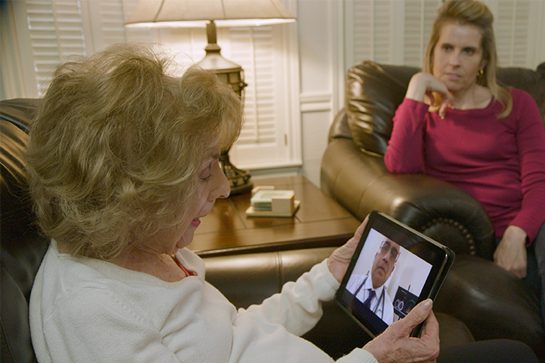Current Procedural Terminology (CPT) codes are the standard in the US for documenting and reporting medical services across the healthcare industry and are used by providers, payers, and facilities alike. As a universal standard, CPT codes are critical for data collection and the assessment of existing and recently developed services and procedures. The codes are updated annually to reflect advances and changes across the industry. For 2019, there are over 300 code changes, including several key developments such as the addition of codes supporting digital health and remote services as well as coding for recording and tracking consultative efforts between physicians. These changes to the CPT codes highlight the importance of care coordination in managing telehealth and the range of services and care that are critical to effective whole-person care in a digital world.
Telehealth and other remote digital-based healthcare models are expanding, and these models deliver numerous benefits for patients and care providers alike. For example, telehealth allows for faster care across urban, suburban, and rural communities with greater access to specialists while also offering savings to both patients and providers. Emory Healthcare—based in Atlanta—realized $4.6 million of savings over a 15-month period using telehealth services and cut readmission rates by 2.1 percent. Mercy Virtual operates a 125,000 square-foot campus with over 300 specialists who provide 24-hour care across seven states without providing a single on-campus patient bed. Before the new 2019 codes, there were few clear and effective ways these organizations—and others— could capture and record their efforts using CPT codes.
The adjustment of the CPT codes to include telehealth services represents “an important step forward in bringing digital health tools into the delivery of care, as well as in improving patient outcomes and reducing barriers to care,” according to ACT, The App Association. However, as healthcare expands into digital frontiers, improved communication and tracking between consulting and treating physicians becomes a critical roadblock that must be accounted for. The new CPT codes provide two new interprofessional Internet consultation codes to account for nonverbal forms of communication between physicians as well as three additional codes for remote patient monitoring, thereby helping remove those roadblocks.
Not only do the new codes now support nonverbal communication between physicians, but adding those codes now means vendors are incentivized to provide expanded and improved technological support for those efforts. Improvements in technology, communication, and care coordination allow for improved patient results, which in turn validates the improvements made on the front end. While continued advances in CPT coding may provide additional benefits, the steps already taken will certainly help encourage further development and growth.
The updated CPT codes provide a long-awaited progression for improving care coordination in traditional as well as telehealth environments. As telehealth expands, continued updates to the CPT codes will be needed to provide for proper tracking and assessment as well as incentivizing the support of care coordination technologies and services.



